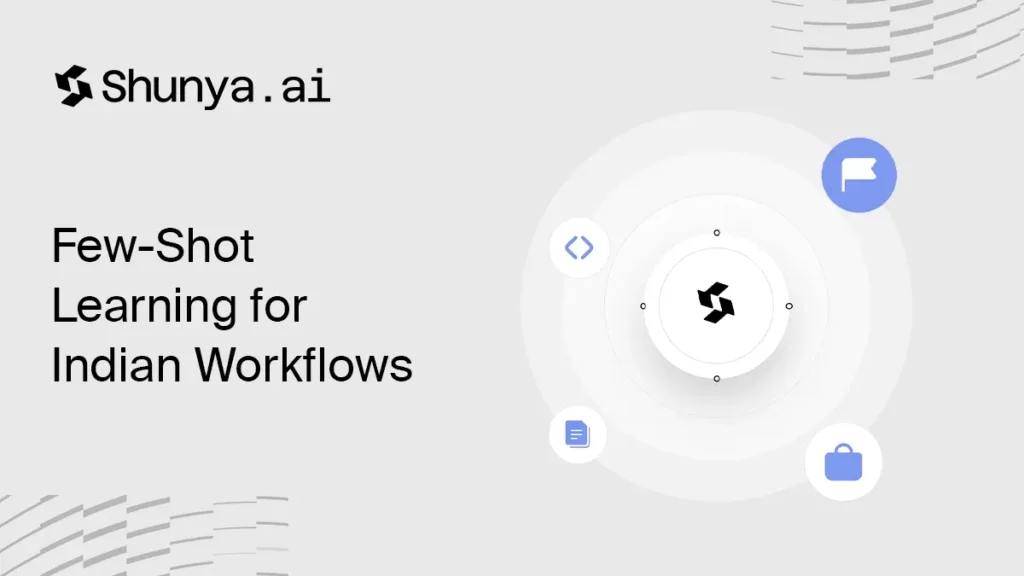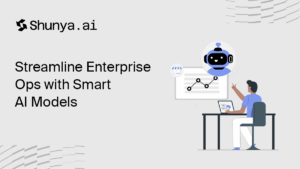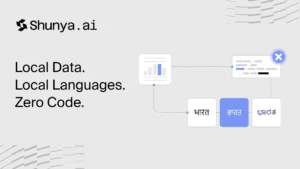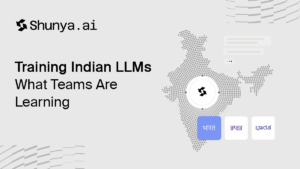| Blog Summary How do you get good results from LLMs when you don’t have large datasets? This blog explains zero-shot and few-shot learning with Indian examples—and how to use them smartly. |
Training a custom model isn’t always practical—especially if you’re an Indian SMB or just getting started. That’s where zero-shot and few-shot learning come in. Let’s unpack how these methods help you do more with less.
What Are Zero-Shot and Few-Shot Methods?
- Zero-Shot
Ask the model to complete a task with just a clear instruction—no examples.
- Few-Shot
Give 2–5 examples to guide the model’s behaviour. Often surprisingly effective for niche domains.
When to Use Each?
- Zero-Shot
Use when the task is common (e.g. email summarisation, sentiment detection) and output is short.
- Few-Shot
Use when the task is ambiguous or domain-specific (e.g. legal clause explanation in Indian contracts).
Indian Use Cases That Shine
- Multilingual Customer Support
Prompt few-shot examples in Hindi-English to resolve support tickets more accurately.
- Compliance Classification
Label Indian invoice fields or GST rules using just 3-4 tuned examples.
- Local Festival Campaigns
Use zero-shot prompts to generate festive ad copies for Onam, Baisakhi, or Diwali.
How Shunya.ai Helps?
- Prompt Optimisation Layer
Get prompt suggestions based on task type, language mix, and intent.
- Few-Shot Library
Ready-to-use few-shot templates for Indian sectors like logistics, edtech, BFSI.
Conclusion
Few-shot and zero-shot prompting let you unlock value from LLMs even without big data. With tools from Shunya.ai, these methods become fast, reliable, and contextualised for India.
No data? No problem. Try zero and few-shot engines built for Bharat-scaled tasks on Shunya.ai.



